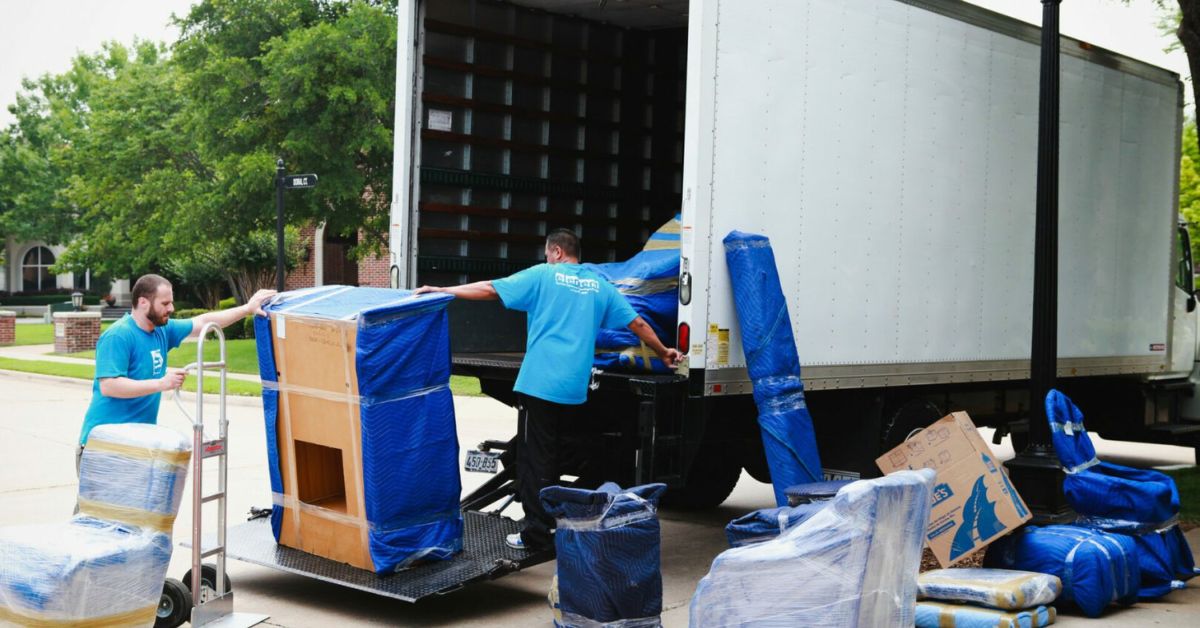Today, we´re going to learn how to properly troubleshoot a commercial flushometer. However, let´s first find out how flushometers work so we understand how their parts interact with each other.
How do flushometers work?
Flushometers, or flush valves, are self-closing valves with a timing mechanism. They have two chambers that remain at equal pressure when at rest. These two chambers are separated by a valve seat or relief with a flexible rubber diaphragm. The equalized pressure while in the rest position allows this rubber diaphragm to provide a tight seal.
The handle controls the relief valve. When it is pressed, the valve seat goes up, releasing the water stored in the upper chamber down the pipeline and into the bowl. This, in turn, creates a difference in pressure between the tightly contained water in the lower chamber and the now empty upper chamber, causing water to flow upwards through a small bypass hole located in the diaphragm. The flush stops when the pressure in the upper chamber is equal to that in the lower chamber again and is strong enough to tightly seal the valve.
As we can see, the inner workings of a commercial flushometer are not that complicated. This is of course a feature. Adding complexity to a system usually increases the chances of failure, and inevitably makes repairs harder. However, it does not mean flushometers never run into trouble.
Let’s see how we can troubleshoot the most common problems commercial flushometers present.
Continuous Flushing
This can present itself in the form of a leak, or be as bad as a constant stream of water coming down the pipe and causing huge amounts of waste. Continuous flushing is usually due to a blockage in the diaphragm bypass. If dirt or debris blocks this small hole, the upper chamber might never be able to fill up completely, causing the seat valve to remain open. Alternatively, if the rubber diaphragm gets damaged or wears out, it can prevent the valve from shutting off, causing a leak. In both cases, you must open the valve and check the state of the rubber diaphragm. It is a good idea to have some flushometer repair parts with you so you can fix the problem immediately.
Shortage of Water
Sometimes we try to flush the bowl but there does not seem to be enough water to do so. This can lead to messy situations and make the cleaning efforts even harder. The first thing to do is to check the water supply. Get your trusty tools and open the control stop until you get a normal flush with a quiet operation. However, you need to take into account the factors that might affect the flow rate of the flush. If you´re having lower-than-required flow rates, you might want to consider the number of active fixtures in the building, and pipe size or length. If your numbers seem to be correct, then consider checking if the size of the bypass hole is appropriate. Sometimes this is caused by having the wrong rubber diaphragm or relief valve installed. Having the right flushometer repair kit at hand is vital in these situations.
Flushometer Won’t Flush
Having a flushometer that doesn’t give you any signs of life can make you think the whole thing is damaged beyond repair. However, this usually requires a quick check and an easy fix. I know this is the equivalent of saying “make sure your appliance is plugged in”, but the first thing is to check if the control stop is open. If the water supply is not the issue, proceed to check the handle assembly. The inner pieces of the handle might be worn down or stuck and in need of replacement.
As stated before, make sure you have high-quality flushometer repair kits at hand so you can take care of the issue immediately. If you don’t know where to find them, visit Quality PLumbing Supply. They specialize in commercial flushometer repair kits and offer incredible deals for contractors and property managers, making sure they are always stocked with the best plumbing repair parts.
For more information about Hospital Plumbing Parts and Delany Urinal Flushometers Visit: Quality Plumbing Supply.





